Linking martian meteorites to their source craters
By: Catherine Maggiori
Synopsis: A new paper in Science Advances connects martian meteorites to their potential source craters using cosmic ray exposure (CRE) aging, modeling, and crater chronology methods. All of the linked meteorites were likely derived from the top 26 m of surface lava flows on Mars and there are probably yet more martian meteorites to be discovered on Earth.
Author info: Dr. Catherine Maggiori is an astrobiologist and microbiologist. You can find her at the bench, lurking on Twitter, or at the climbing gym.
Article: https://www.science.org/doi/10.1126/sciadv.adn2378
What’s the oldest thing on Earth? Hint: it’s not even from Earth.
This might sound like a trick question, but it’s not; the answer is meteorites.
There are a few candidates for the title of “oldest meteorite” and all of them surpass the Earth’s age of ~4.54 billion years. These include: Erg Chech 002, a ~4.6 billion year old andesite rock encrusted with green and yellow crystals discovered in 2020 in the Algerian Sahara Desert; the Winchcombe meteorite, a ~4.6 billion year old carbonaceous chondrite that originated from the asteroid belt and landed in England, resulting in probably the best recorded carbonaceous chondrite fall ever; and the Murchison meteorite, another ~4.6 billion year old carbonaceous chondrite containing ~7 billion year old presolar silicon carbide grains.
A piece of the Murchison meteorite on display at the Smithsonian’s National Museum of Natural History (image courtesy of Smithsonian Mag)
Beyond being inherently super cool (they’re rocks from outer space!), meteorites offer significant clues about the formation of the Earth and our Solar System. Studying meteorites has allowed scientists to better understand planet and star formation and evolution, and the effects of meteoritic impacts on Earth and its lifeforms.
Meteorites from Mars provide information on early Earth as well as early Mars conditions. Linking the ~200 Mars meteorites on Earth to their pre-ejection sites can help us understand Martian geology and ground truth Mars mission science, but sourcing martian meteorites remains a challenge.
The majority of martian meteorites are mafic to ultramafic igneous rocks that probably formed from magma erupting at or close to Mars’ surface. They can be categorized into “pairing groups” based on geography, petrology, and age. The majority of martian meteorites belong to the shergottite subgroup, tholeiitic igneous rocks from Mars’ Amazonian period.
In an August 2024 Science Advances paper, Herd et al. link 5 candidate source craters to 6 martian meteorites with Amazonian crystalline ages using cosmic ray exposure (CRE) age constriction, modeling, and crater counting methods.
Fig. 2 from Herd. et al. showing source crater candidates. Red points are from 2 separate Legain et al. references (21 and 36) and include one of the preferred crater source candidates for the meteorites in this work (Tooting). White points are preferred candidate locations for the other 4 source craters. Potential candidates are shown in blue. Individual boxes show crater density distribution (left inset) and a close-up image from thermal infrared data (right inset) of Corinto, Domoni, Chakpar, and Kotka craters.
The basaltic shergottite Elephant Moraine (EET) A79001 has a distinct and clear ejection age: ~0.6 Ma and a unit age of 170 Ma. This doesn’t coincide with any of the candidate source crater ages, but Chakpar crater on the Tharsis plateau is surrounded by a ~3-km-wide lava flow that is younger (~540 million years old) than the surrounding terrain. The upper 7.9 m of this lava flow could be the source of EETA79001.
Tissint meteorite is probably around 1 million years old, derived from a lava flow that was buried before impact and ejection. With a model age of ~1 million years old plus a unit age of ~350 million years old, Tissint likely originated from Tooting crater, at a depth of ~26.1 m.
NWA 8159 was likely ejected from an impact event at Domoni crater, based on its secondary and thermal elements, as well as its pre-impact burial depth of just 1.64 m. Domoni, on the flank of the Alba Mons volcano, is probably the source of other augite-rich shergottite martian meteorites, too.
Zagami and Los Angeles meteorites appear to originate from Corinto and were ejected ~3 million years ago. Corinto, in Elysium Planitia, has one of the most extensive crater ray systems on Mars (>2000 km) and a unit age of ~2.25 billion years old. The pre-impact burial depths of Zagami and Los Angeles are just 1.57 and 2.47 m, respectively, indicating their origin from young, near-surface lava flows, which could have occurred on Corinto.
Chassigny, as its name suggests, is likely derived from the same ejection event that produced the chassignite martian meteorites: Kotka crater. Although Kotka’s crater model age (~23 million years old) is over double that of Chassigny’s model age (~11 million years old), Kotka’s modeled age may be overestimated, and Kotka’s complicated terrain history could mean that Chassigny was part of a larger, younger igneous complex.
All 6 of the linked meteorites come from the top 26 m of surface lava flow material and the candidate source craters are from either Elysium (Corinto, Kotka) or Tharsis (Chakpar, Tooting, Domoni), and seem to produce geochemically-enriched shergottites and intermediate or depleted shergottites, respectively. This distribution indicates that more enriched mantle components are derived from Elysium, whereas Tharsis produced meteorites that underwent less magmagenesis.
Herd et al. also found several craters that seem to have produced no martian meteorites - at least, none that we’ve found yet. Maybe ANSMET’s next field season will have some potent discoveries on this front!


